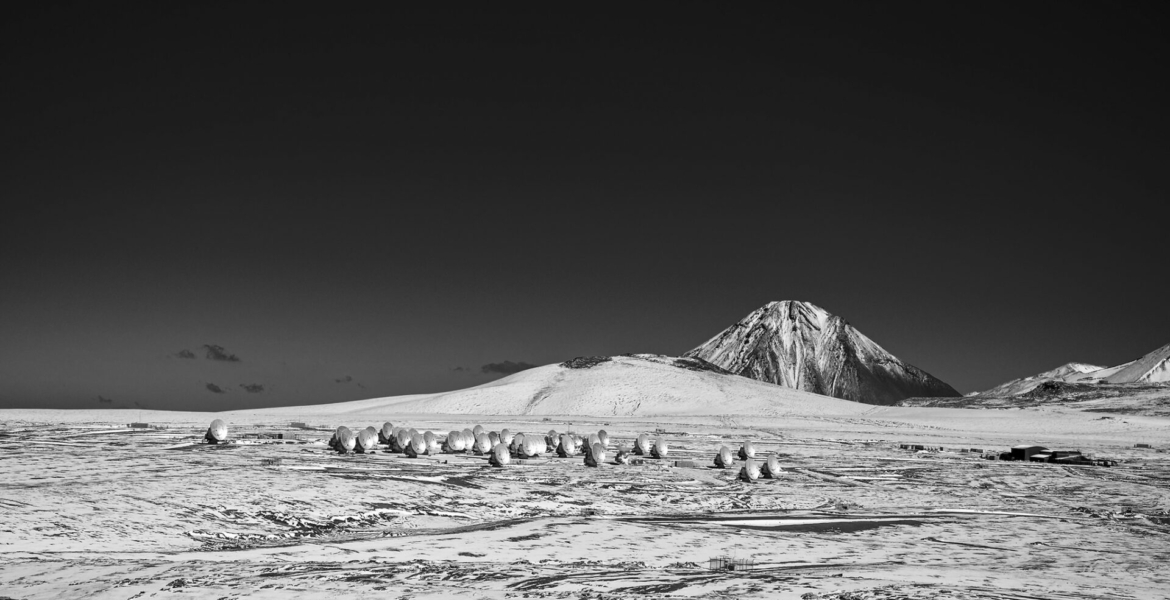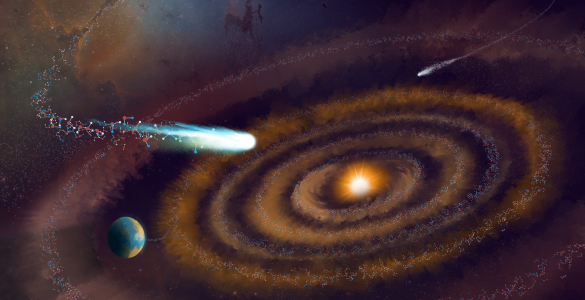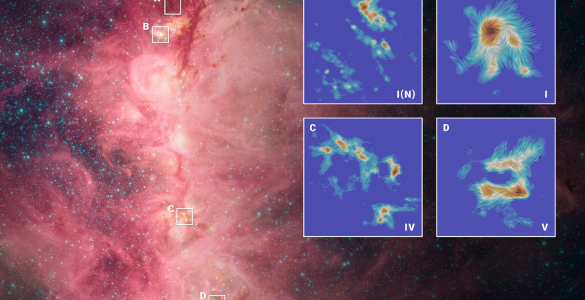The Atacama Large Millimeter/submillimeter Array (ALMA), renowned for observing the cosmos’s darkest and most distant corners, has taken a step to ensure its observations remain unaffected by human-made interference.
At the heart of ALMA’s exceptional capabilities lies its extensive frequency range, spanning from 35 GHz to 950 GHz in ten distinct frequency bands. This comprehensive range is vital for ALMA’s mission to unlock the Universe’s secrets. However, it also exposes the observatory to potential RFI from both terrestrial and space-based sources.
A recently concluded study, led by senior radio frequency (RF) engineer and Spectrum Manager Giorgio Siringo, alongside ALMA Director Sean Dougherty, presents an extensive analysis of the current and future challenges of radio frequency interference (RFI) to ALMA’s operations. This white paper, “ALMA Spectrum and Radio Frequency Interference,” meticulously identifies vulnerabilities from sources of interference and proposes robust mitigation measures to safeguard ALMA’s valuable observations.
The ALMA Spectrum Management Office is collaborating in Chile with the Radio Sub-Committee of the Light Pollution Working Group of the Chilean Astronomical Society (SoChiAs) and the Chilean Low-Earth Orbit Satellites Group (CLEOsat), internationally with the Centre for the Protection of the Dark and Quiet Sky from Satellite Constellation Interference (CPS) of the International Astronomical Union (IAU), with the National Radio Dynamic Zones (NRDZ) initiative of the National Radio Astronomy Observatory (NRAO) of the USA, and with the Committee on Radio Astronomy Frequencies (CRAF) of the European Science Foundation (ESF), and participating in the preparatory meetings for the WRC-27 of the International Telecommunication Union (ITU).















